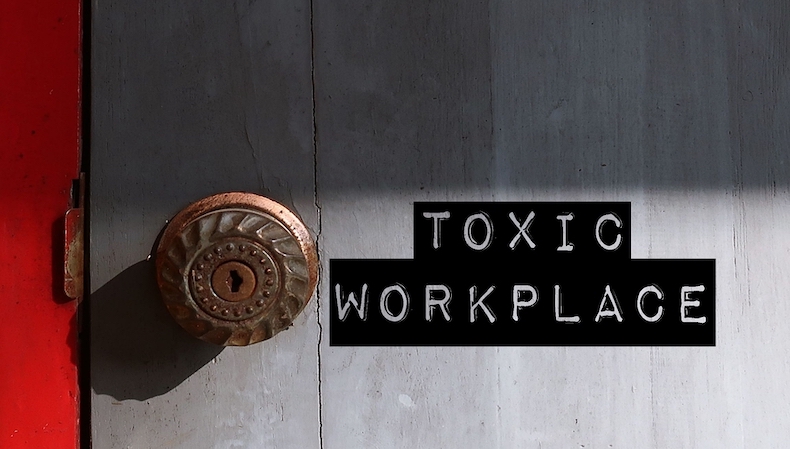How to spot a toxic culture and what you can do to prevent it
When organisations have a toxic culture, employees’ daily experiences are shrouded in negativity, distrust and fear. Rather than a culture that raises people up, employees feel downtrodden and demoralised, with bullying and intimidation likely.
Toxic cultures struggle to thrive, and rewards and benefits professionals find themselves banging their head against a brick wall in their attempts to engage, motive and reward the workforce. With toxic cultures taking time to take hold, it’s important the signs are spotted early and dealt with.
One of the first signs of a toxic workplace is that it will feel rudderless. This is because it lacks a strong and compelling purpose. With purpose so important for bringing people together and connecting everyone to a common goal, employees will lack unity and believe their contributions don’t matter.
Teams won’t work well together and, instead, a ‘survival of the fittest’ mentality will be instilled. This leads to unhealthy competition, political game playing and the withholding of information and knowledge in an effort to get ahead. Instead of discouraging this behaviour, leaders readily permit it.
Supressing teams and the spread of blame
In fact, with their command-and-control approach to managing others, leaders look to supress their teams rather than encouraging and championing them. Micromanaging their teams and then taking the credit for their achievements will be typical, while ensuring they’re kept in their place, so they don’t pose a threat.
Leaders will also allow a blame culture to develop, with leaders and employees quick to criticise others when things go wrong. Those who choose not to partake in bad-mouthing will be seen as weak and become an easy target for bullies.
Blame cultures often go hand-in-hand with a fear of failure and as such, the organisation will lack innovation. Employees will simply make do with the status quo rather than suggest better ways of working as they’ll fear that, if their suggestions don’t work, they’ll be criticised and even ostracised.
Distrust will reign as well as ongoing suspicion of others. Leaders won’t be trusted to be open, honest and supportive and peers won’t be trusted to support each other. As a result, employees may become introverted and morale will be low.
Lack of appreciation
Staff will also feel unappreciated, partly due to leaders not giving recognition for fear of losing their position. Public displays of appreciation will be rare with the recognition that does take place being given to the high-fliers or company favourites.
With appreciation so infrequent for the majority, there will be high levels of disengagement and ‘quiet quitting’ will become a regular occurrence.
Unsurprisingly, poor wellbeing will be common, with the organisation expecting employees to put work before their personal lives. Stress, anxiety and instances of burnout will be endemic, with staff turnover and absence rates at a constant high.
In addition, discrimination and exclusion won’t be condemned, allowing it to spread throughout the organisation. In such an environment, racism, bigotry and misogyny will be more likely, and the culture will become fragmented, leading to cliques and outsiders.
Ultimately, toxic cultures are self-destructive – there’s ongoing disengagement, high staff turnover, escalating levels of sickness and stifled growth. When such a culture goes unchecked, the outcome could be catastrophic. So, who is to blame?
The board and leadership team are all complicit when an organisation’s culture turns toxic, as poor practices and behaviours have been allowed to fester and worsen.
- The organisation will lack a strong sense of purpose
- Leaders will lack training
- Modern and collaborative leadership won’t be encouraged
- Organisation-wide recognition will be non-existent
- Positive behaviour won’t be recognised and championed
- Poor behaviour won’t be challenged.
And, unfortunately, the cumulative impact is the creation of a culture that is so broken that any attempt at a rewards and benefits strategy is unlikely to succeed.
The importance of nurturing a positive and thriving organisational culture must, therefore, be reiterated at every opportunity, with reward and benefits professionals working with leaders to nurture an environment that is positive, engaging and motivational.
Once the foundations of a thriving culture are in place, the opportunities to elevate the employee experience become endless.
Supplied by REBA Associate Member, O. C. Tanner
Giving teams the integrated tools they need when, where and how they need them.








